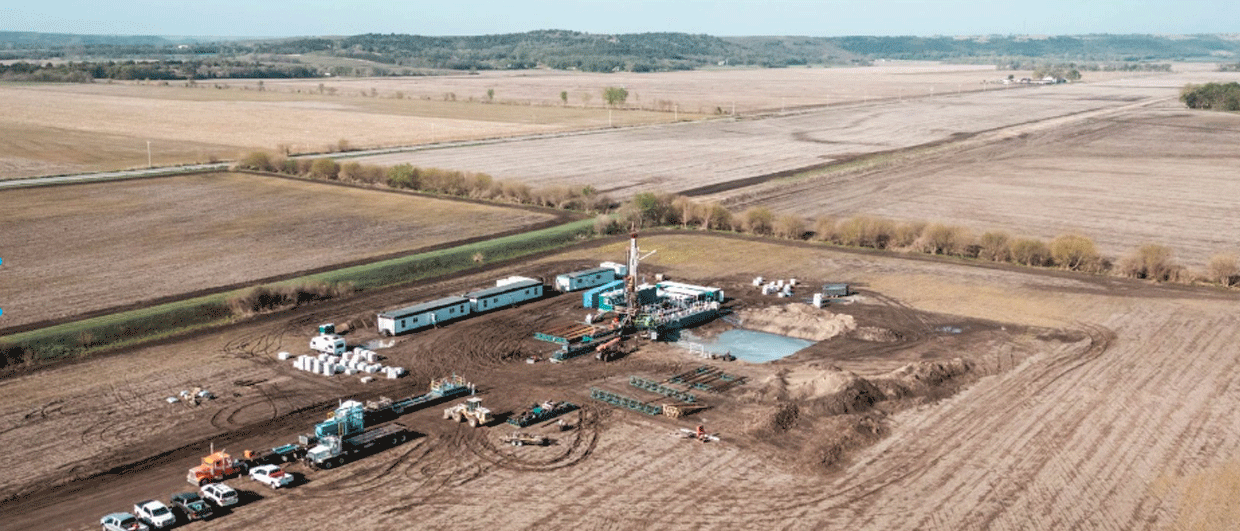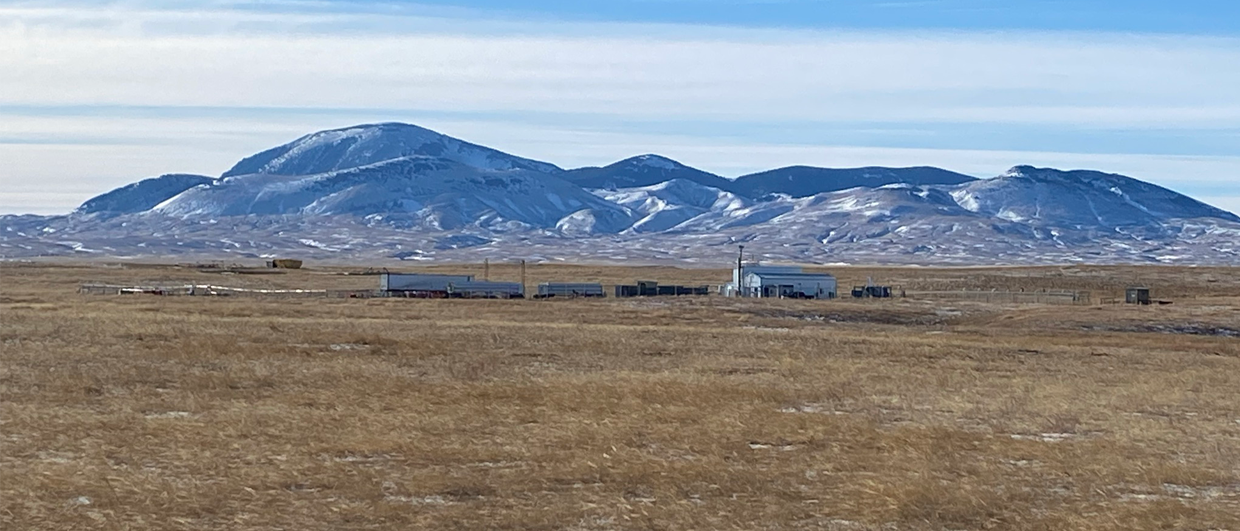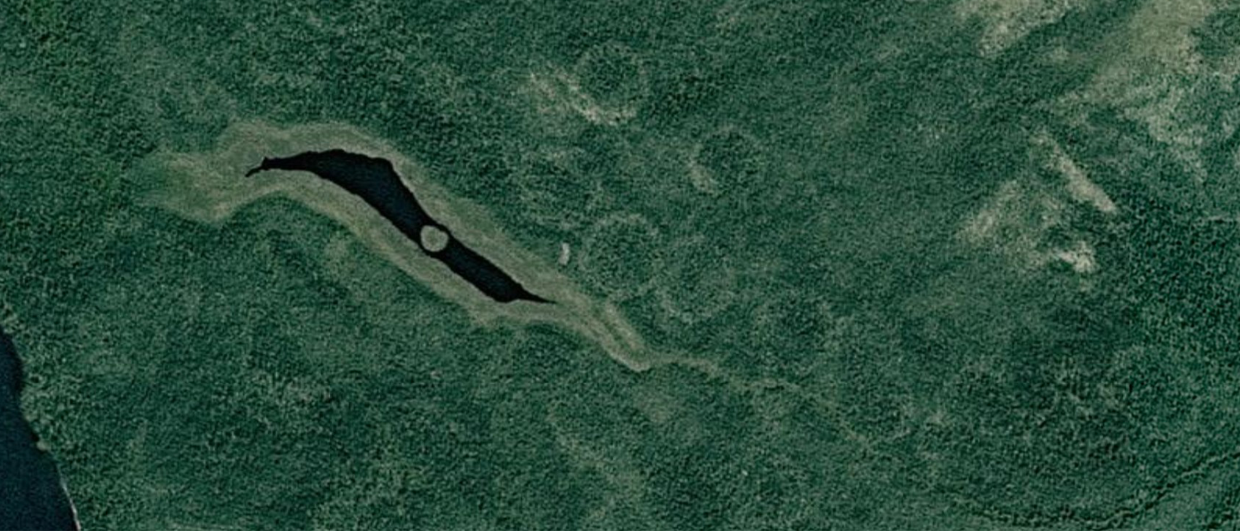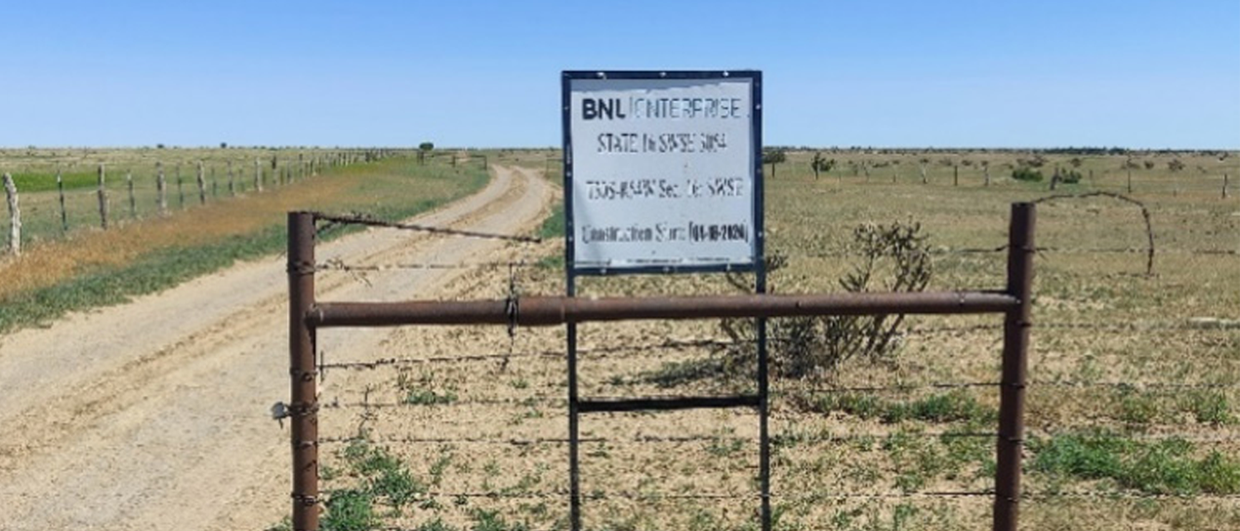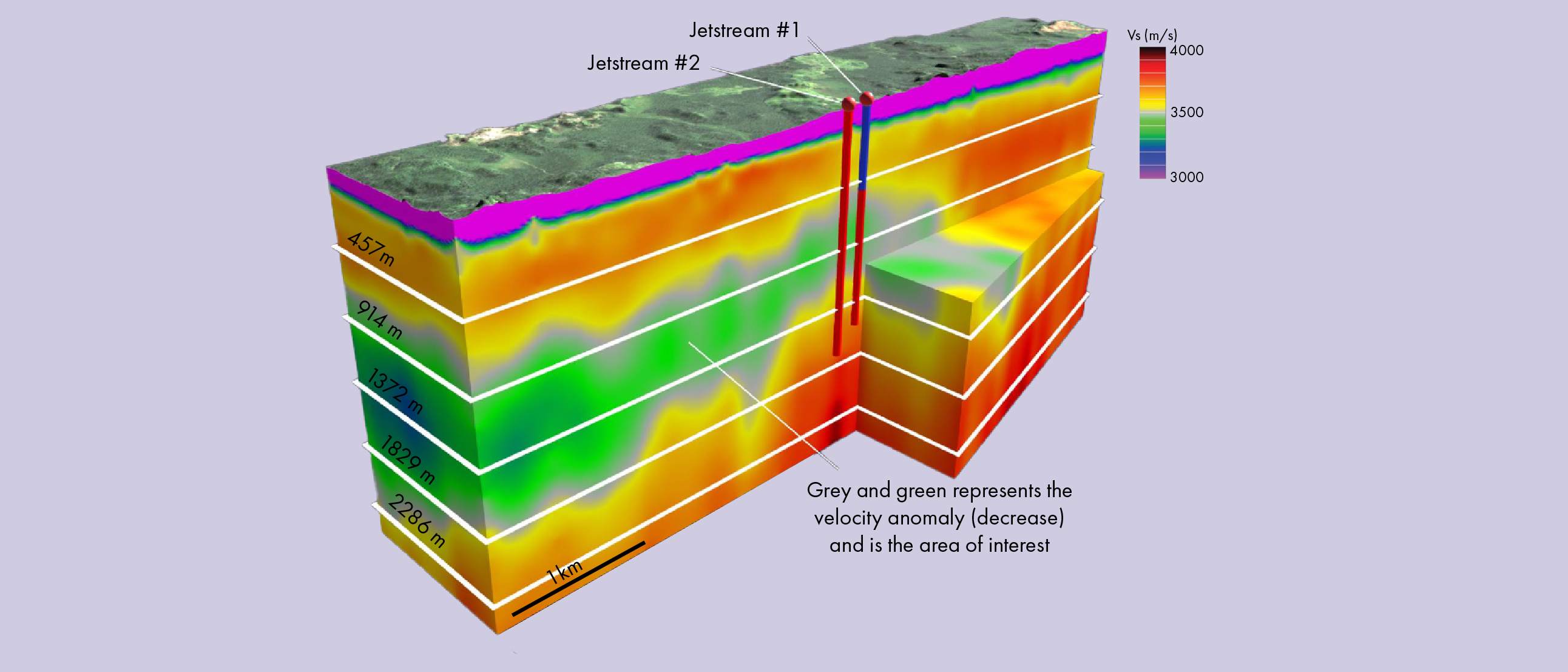Natural hydrogen exploration is currently a hot topic, but few companies have advanced from initial exploration to the drilling stage. HyTerra is one notable exception.
This week, the company drilled the Sue Duroche #3 exploration well in Kansas, USA, where they discovered concentrations up to 96.1% hydrogen. This finding is not entirely surprising, as the well is located just 200m north of the Sue Duroche #2 well, a hydrocarbon exploration well that found over 90% hydrogen in 2008 already.
The Sue Duroche wells are located above the buried crest of the Nemaha Ridge. The Ridge formed during Pennsylvanian reactivation of the 1.1 billion-year-old Mid-Continent rift. The basin is filled with Paleozoic sediments, primarily carbonates, along with mud- and sandstone. The Sue Duroche #3 well drilled through 335m of sedimentary rock before reaching the Precambrian basement that constitutes the Nemaha Ridge, ultimately reaching a total depth of 1,052 meters.
The gas sample with the highest hydrogen concentration was taken while drilling the Pennsylvanian carbonate that overlies the fractured basement. The sample contained 96.1% hydrogen, 3.1% CO2 and 0.1% methane. It is believed that the hydrogen originated from the basement, where it formed through serpentinisation of iron-rich minerals before migrating into the carbonates of the Lansing Formation.
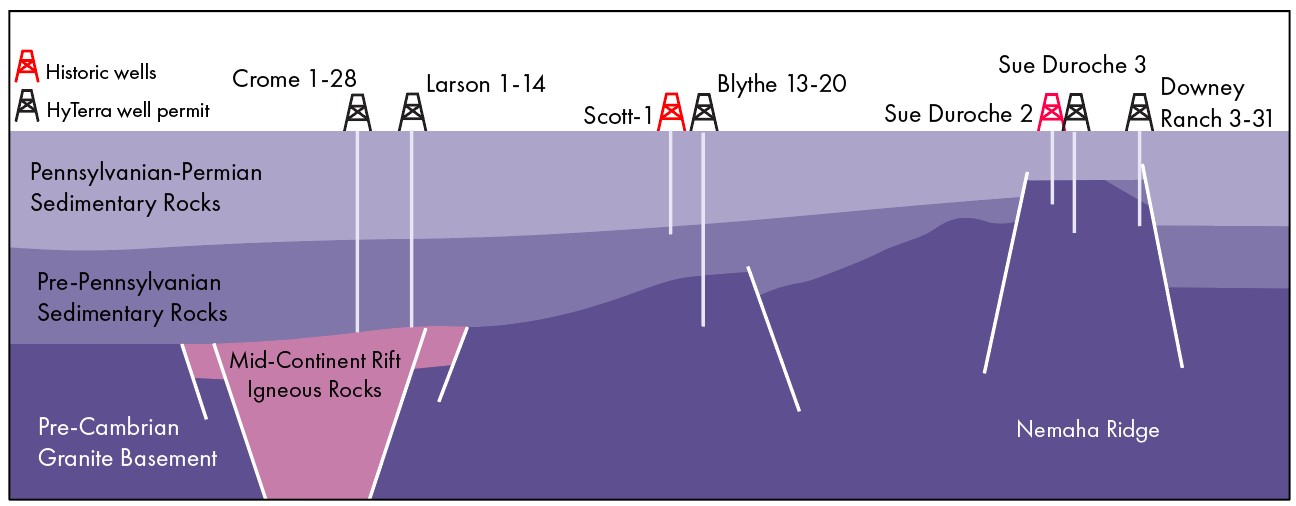
Now, the big question is; has HyTerra found a reservoir with a hydrogen leg, or rather a dynamic system that is being fed hydrogen from the basement below. Published data form the previously drilled Sue Duroche #2 well provide a clue.
The Sue Duroche #2 well initially produced high hydrogen gas concentration (92%) when the wellbore was open to fractured Precambrian basement. However, after a plug was placed at basement level, and flow was only dictated by the overlying Pennsylvanian aquifer, gas bubbling out of the aquifer only contained up to 3.1% hydrogen.
This exposes an interesting difference between the Sue Duroche #2 and #3 wells. Where the results from the latest well suggest hydrogen concentrations to be highest in the carbonates overlying basement, data from Duroche #2 seem to hint towards the basement being the place to be; after plugging, there was not much more hydrogen left. We also have to bear in mind that chemical reactions with iron oxides in the sedimentary aquifer are suspected to consume the hydrogen, which also points to a dynamic system that includes hydrogen seepage from below.
This raises the question whether the hydrogen concentration at Sue Duroche #3 will decrease over time, similar to a carbonated beverage going flat, or if flow from the basement can be sustained. Extended well testing will have to prove this and the commercial viability of Sue Duroche #3.
First, however, HyTerra will drill a second exploration well, the Blythe13-20, located approximately 50km southwest of the Sue Duroche wells and close to the historic Scott-1 well. The Scott-1 well, drilled in 1982, found around 56% hydrogen rather than the anticipated hydrocarbons.
The Blythe 13-20 well is positioned on the flank of the Nemaha Ridge, closer to the center of the Midcontinent Rift. As a result, it has a thicker sedimentary section covering the basement, increasing the potential for quality reservoir rocks and effective trapping mechanisms. While the Scott-1 well reached total depth of 670m in pre-Pennsylvanian dolomite, the Blythe 13-20 well is designed to drill the entire Paleozoic section and reach significantly into the basement.
HyTerra has secured permits for three additional wells; two targeting the igneous rocks at the center of the Midcontinent Rift and a third well near Sue Duroche #3, targeting a different trap on the Nemaha Ridge. PureWave Hydrogen has acreage bordering HyTerra’s and is in the early stages of exploration at its Lily Rock prospect, which is geologically continuous with the Sue Duroche wells.

